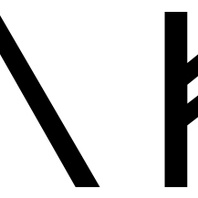
Viking Names
Tofi
The name Tófi is very common in the Viking Age, though mostly in Sweden and Denmark. It forms the first element of the hybrid place-name Toton, Nottinghamshire.
Read More
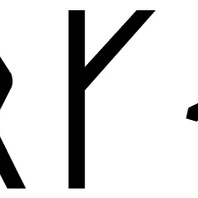
Viking Names
Thorgeir
The male name Þorgeirr is extremely common in the Viking world (including Ireland and Normandy) and an anglicised version appears as the first element of the village- and wapentake-name Thurgarton in Nottinghamshire.
Read More

Viking Names
Sigulf
Sigulfr is a Scandinavian male personal name from Old Norse Sig- ‘victory’ and Old Norse -ulfr ‘wolf’. The name is possibly found in a Norwegian place-name and appears once in Jämtland (modern day Sweden) in 1347. The name is recorded in Sweden as runic sikulf and in the forms Sighulf, Sigell and possibly in the much contracted form Siel in Denmark. Sigulfr is also the first element in the place-name Sileby, Leicestershire.
Read More
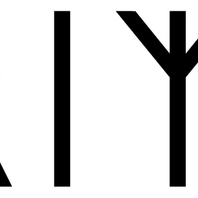
Viking Names
Grim
The Old Norse male name Grímr is common across the Scandinavian world, including the Viking diaspora. It is very common in English place-names, though some of these might rather represent an Old English mythological name associated with Woden, and there are other possibilities. For this reason, not all the hybrid names traditionally referred to as ‘Grimston hybrids’ necessarily have an Old Norse element and it is better to refer to them as Toton-hybrids. However, where the name is compounded with an Old Norse element such as -by (as in Grimsby), it is likely that it represents the Old Norse personal name. In Old Norse, Grímr is related to the word gríma ‘mask’ and mythological texts relate that is one of the god Óðinn’s by-names, deriving from his penchant for travelling about in disguise. It is also a common element in compound personal names, such as Þorgrímr. The father of the eponymous hero of Egils saga was called Skalla-Grímr ‘Bald-Grim’.
Read More

Viking Names
Swithland
Swithland, in the West Goscote Hundred of Leicestershire, comes from Old Norse sviðinn ‘land cleared by burning’ and Old Norse lundr ‘a small wood’. Thus the place-name has the meaning of ‘the wood next to or containing land cleared by burning’.
Read More
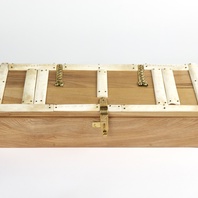
Viking Objects
Reproduction Wooden Box
A reproduction wooden box based on examples from Lincoln, York and Norway. The box is decorated with bone strips carved with a circular dot design. Boxes like this would have been fastened with padlocks
Read More
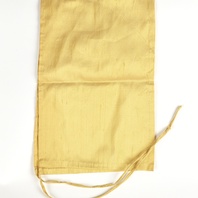
Viking Objects
Reproduction Silk Headdress
A yellow silk headdress based on examples found in Lincoln, York and Dublin. The silk would have been imported from the Eastern Mediterranean.
Read More
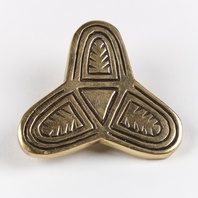
Viking Objects
Reproduction Trefoil Brooch
A reproduction, copper alloy trefoil brooch of a type that would have been common in the Danelaw. Trefoil brooches were characteristically Scandinavian women’s wear. However, many examples found in the East Midlands were probably made in the Danelaw, and may have been copies of Scandinavian styles, instead of being imported from Scandinavia. This example was found near Lincoln. Scandinavian brooches came in a variety of sizes and shapes which included disc, trefoil, lozenge, equal-armed, and oval shapes. The different brooch types served a variety of functions in Scandinavian female dress with oval brooches typically being used as shoulder clasps for apron-type dresses and the rest being used to secure an outer garment to an inner shift. Anglo-Saxon brooches do not match this diversity of form with large disc brooches being typical of ninth century dress styles with smaller ones becoming more popular in the later ninth and tenth centuries. However, since disc brooches were used by both Anglo-Saxon and Scandinavian women they are distinguished by their morphology. Scandinavian brooches were typically domed with a hollow back while Anglo-Saxon brooches were usually flat. Moreover, Anglo-Saxon brooches were worn singly without accompanying accessories.
Read More
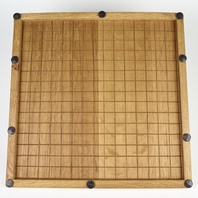
Viking Objects
Reproduction Game Board
A reproduction oak game board based on one from Coppergate, York. This is a larger-than-usual hnefatafl board with no significant squares marked out. Gaming pieces have been laid out on it in some of the photographs, but it is likely that a board this size would require more pieces on the outer edges (the attackers).
Read More
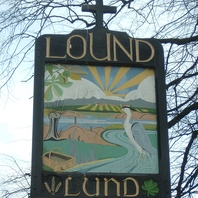
Viking Names
Lound
Lound, in the Bassetlaw Wapentake of Nottinghamshire, comes from the Old Norse element lundr ‘grove, wood’. This origin is celebrated on the village sign, and there is also a Grove Farm in the village.
Read More
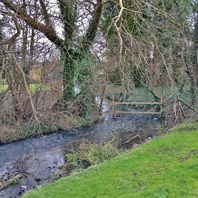
Viking Names
Nether Langwith
Nether Langwith, in the Bassetlaw Wapentake of Nottinghamshire, comes from Old Norse langr ‘long, tall’ and Old Norse vað ‘a ford’. The affix Nether ‘lower downstream’ distinguishes Nether Langwith from Upper Langwith, Derbyshire, further up the river Poulter.
